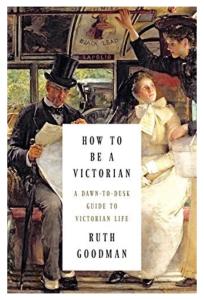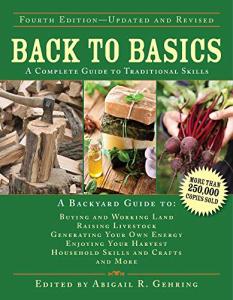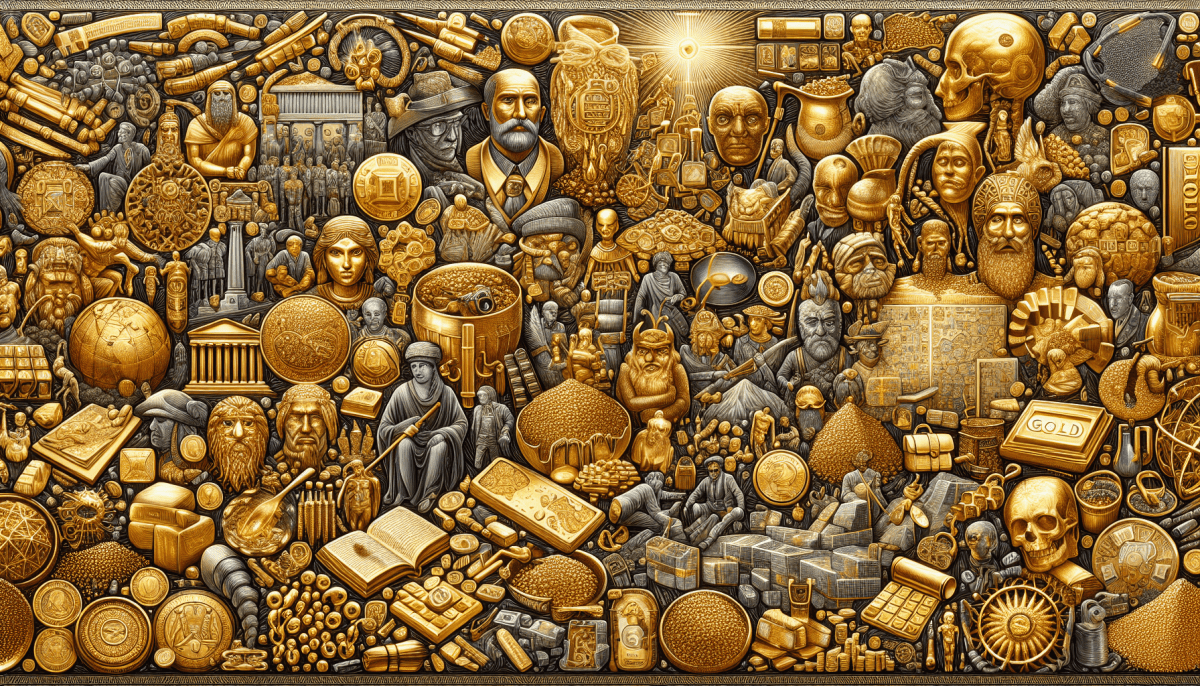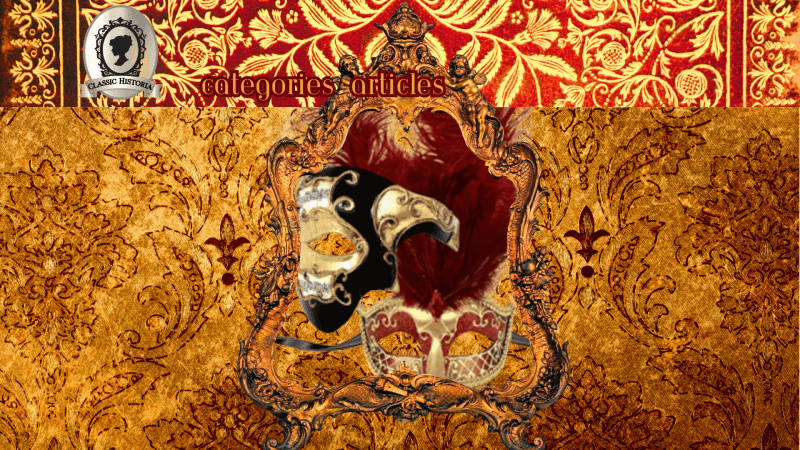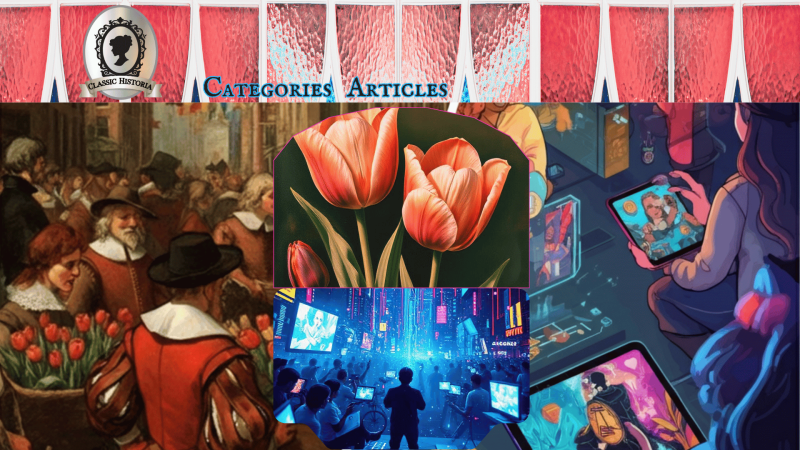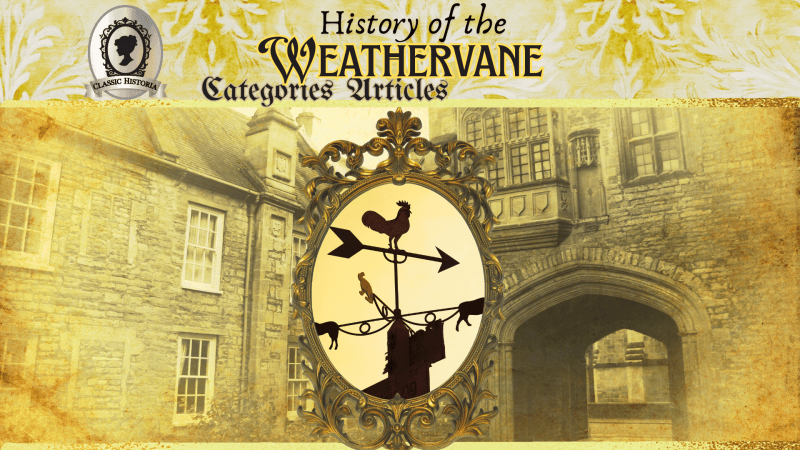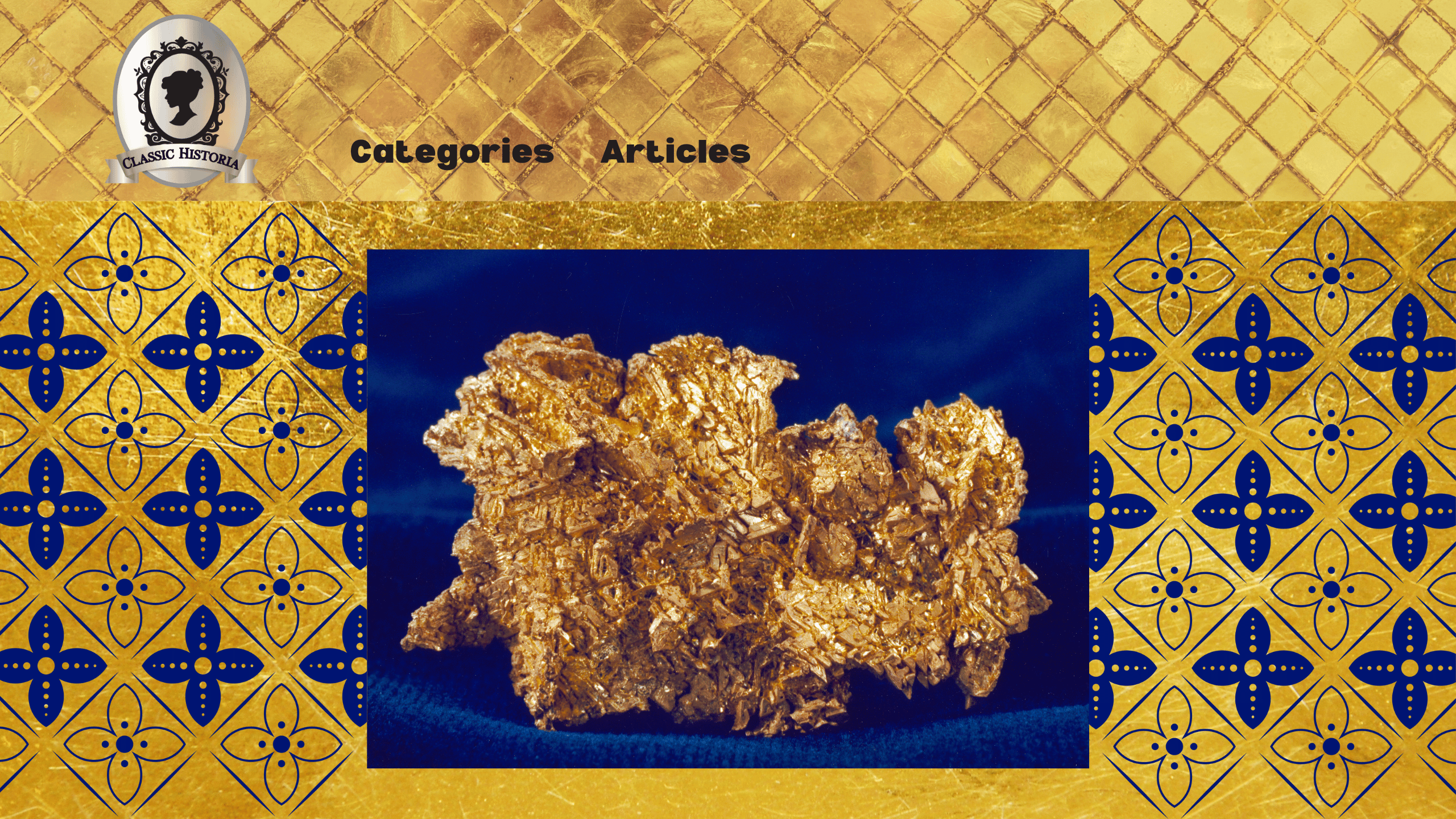
Classic Historia may receive a commission on purchases made through Amazon and eBay affiliate links at no additional cost to you.
Gold has captivated humanity for centuries, emerging as the most treasured precious metal across the globe. Its unique properties, dazzling appearance, and rarity have made gold a symbol of wealth, power, and prestige since ancient times. From elaborate artifacts to global economies, gold has played an enduring role in human history.
Gold and Early Civilizations
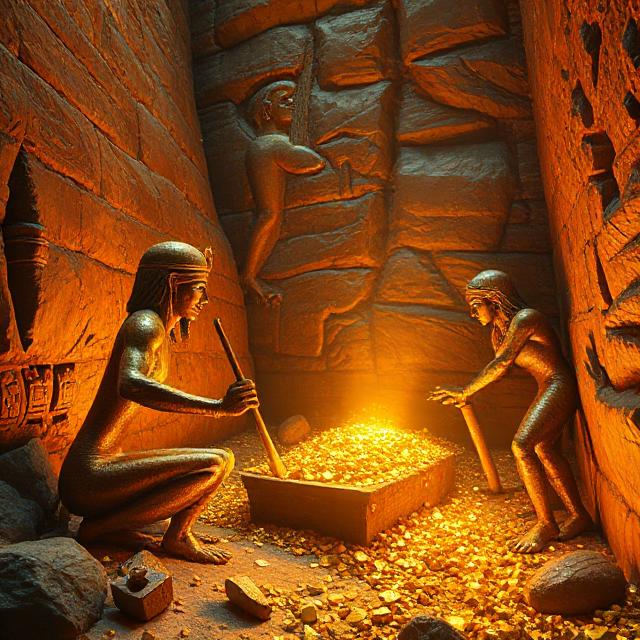
The history of gold dates back over 6,000 years, with ancient civilizations such as the Egyptians, Mayans, and Romans all recognizing its significance. The Egyptians, for instance, revered gold for its divine connection and eternal qualities, making it a central element in their religious ceremonies and burial traditions. One of the most famous examples of this is King Tutankhamun’s gold funerary mask.
The Roman Empire also utilized gold extensively for currency, jewelry, and infrastructure, cementing its place as a tool for trade and value. During the Middle Ages, gold continued to symbolize wealth and power, often linked to royal families and church embellishments. The gold rushes of the 19th century, such as those in California and Australia, were pivotal in fueling global migration and economic growth.
Interesting Facts:
- First Gold Coins
The oldest known gold coin is the Lydian Stater, minted in the ancient kingdom of Lydia (modern-day Turkey) around 620 BCE. These coins were made of electrum, a first metal, natural alloy of gold and silver, and featured designs such as a lion's head, symbolizing the Lydian kingship. These coins were widely used in trade and may have played a role in the success of Lydia as a major economic power during that time.
- Pure Gold Coins Today?
Yes, there are gold coins that are made from pure gold, defined as containing 99.99% gold or higher. One of the most renowned examples is the Canadian Gold Maple Leaf, first introduced by the Royal Canadian Mint in 1979. With a purity level of .9999, this coin set a new standard for gold bullion and remains one of the most sought-after coins among investors and collectors. Its striking design features the iconic maple leaf on one side and Queen Elizabeth II on the other, showcasing both beauty and craftsmanship. The high purity of such coins distinguishes them as ideal for those seeking tangible, high-value assets, especially during times of economic uncertainty. Pure physical gold coins like the Gold Leaf represent not only a reliable investment but also the pinnacle of minting precision and artistry.
Why Are People Attracted to Gold?
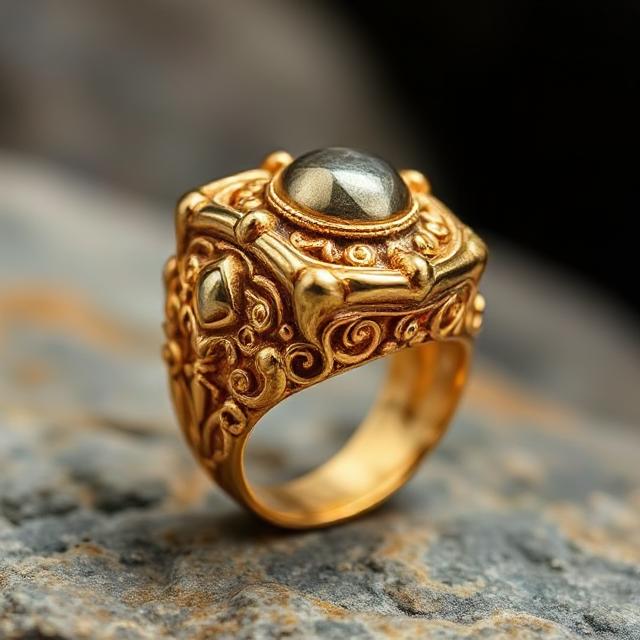
The appeal of gold originates in its unique combination of physical, aesthetic, and economic properties. First of all, gold is both malleable and durable, making it easy to shape into intricate designs while being resistant to corrosion. Its brilliant, lustrous surface and warm yellow hue have made it desirable for decorative and symbolic purposes.
Economically, gold has long been viewed as a safe haven. Its scarcity and enduring value make it a stable asset, especially during times of economic uncertainty. This combination of beauty, resilience, and reliability explains gold’s timeless appeal. Over time, gold has also been used as a form of currency and a store of value, playing an important role in economies around the world.
How Gold Has Been Used Through the Ages
Gold has served a wide array of purposes throughout the ancient world. Some of its notable uses include:
- Currency and Trade: Ancient coins were often made from gold, making it an integral part of monetary systems. Even today, central banks hold large reserves of gold as part of their wealth.
- Jewelry and Ornamentation: Gold has been a staple material for crafting gold jewelry that signifies social status and personal adornment.
- Religious and Cultural Symbols: Many historic religious artifacts are made of gold, emphasizing its spiritual connotations.
- Technology: Modern industries use gold in electronics, dentistry, and aerospace because of its excellent conductivity and non-reactive nature.
How Much Gold Can Be Mined?
Gold mining is a labor-intensive and expensive process. It is estimated that over 200,000 tons of gold have been mined throughout human history. Surprisingly, this entire amount could fit into a cube measuring approximately 22 meters on each side. Current mining operations yield around 2,500 to 3,000 tons of gold per year, yet the Earth holds only a finite quantity of this precious resource. So, how much gold can be mined in the future?
The answer to this question depends on several factors. One of the main considerations is the discovery of new gold deposits. Despite centuries of mining, scientists believe that there are still many unexplored areas with untapped resources waiting to be discovered. However, as technology advances and exploration techniques improve, it becomes increasingly difficult to find large amounts and easily accessible gold deposits.
Interesting Facts
- Gold is one of the most flexible metals, capable of being hammered into extremely thin layers.
- Almost half of the gold mined throughout history comes from the Witwatersrand Basin in South Africa.
- Gold does not tarnish, thanks to its resistance to oxidation and corrosion.
- Some traces of gold can even be found in the human body, mostly in the blood.
The Many Uses of Gold Throughout History
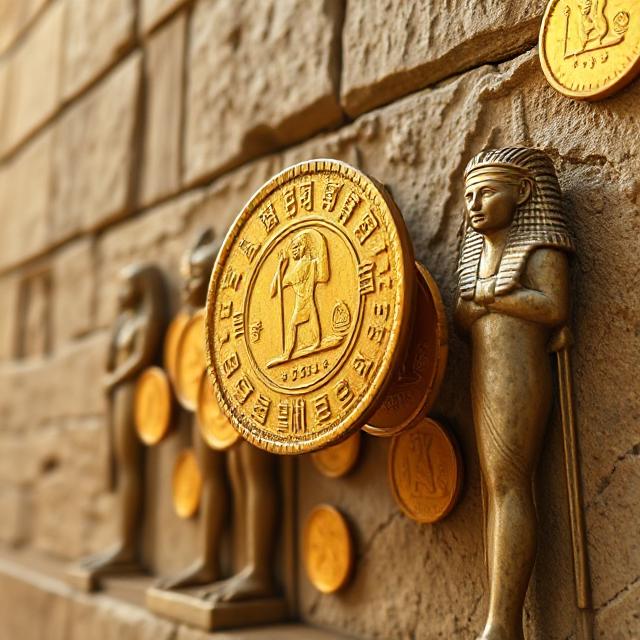
Gold has profoundly influenced various societies throughout history, shaping economies, powering conquests, and inspiring cultures. Gold's allure and value have made it a central element of human history, with its uses extending across cultures and time periods.
- In ancient Egypt, gold was considered a divine material and was used to craft intricate jewelry, burial masks, and temple decorations. Perhaps the most iconic example is the funerary mask of Pharaoh Tutankhamun, a masterpiece made almost entirely of gold.
- In the ancient Americas, the Aztecs and Incas revered gold, often referring to it as "the sweat of the sun" and using it to create ceremonial artifacts and adornments.
- During the European Age of Exploration, the quest for gold drove explorers such as Hernán Cortés and Francisco Pizarro to the Americas, leading to the downfall of great civilizations like the Aztec and Incan Empires.
- In West Africa, the ancient empire of Mali thrived due to its abundant gold reserves, which were traded across vast networks extending to Europe and the Middle East. Mansa Musa, Mali's famous ruler, is celebrated as one of the richest individuals in history, thanks to his empire’s gold wealth.
King Solomon
Gold has not only served as a symbol of power and affluence but has also been integral to trade, religious ceremonies, and artistic expression throughout human history.
One notable example of gold's historical significance is King Solomon, the ancient ruler of Israel known for his wisdom and wealth. According to biblical accounts, King Solomon’s temple, often referred to as the First Temple, was adorned with a lavish amount of gold, showcasing the resource’s prominence and value during his reign. It is said that Solomon acquired vast quantities of gold from the land of Ophir, further amplifying his kingdom's prosperity and stature. This abundance of gold symbolized divine favor and was used not only for royal splendor but also for religious devotion, highlighting gold's sacred and cultural importance in ancient times.
Interesting Fact: The Alchemical Pursuit of Turning Base Metals into Gold
During the medieval period, alchemists obsessed over gold in their pursuit to transform base metals into this precious material, a symbol of ultimate perfection.
For centuries, the idea of transforming base metals, such as lead, into gold captivated the minds of alchemists around the world. This practice, known as chrysopoeia, was rooted in the belief that all matter shared a common essence and could be perfected. While modern science debunks the plausibility of such transmutation through traditional methods, nuclear physics demonstrates that it is theoretically possible to convert elements. However, the process is immensely complex, requires particle accelerators, and is far too costly to be practical. Despite its impracticality, the pursuit symbolized humanity’s unyielding curiosity and desire to unlock the secrets of nature.
|
Facts |
Details |
|---|---|
|
Malleability |
Gold can be hammered into sheets thinner than a strand of hair. |
|
Major Producer |
South Africa has historically been the largest gold producer. |
|
Corrosion Resistance |
Gold does not rust or tarnish, making it a highly durable material. |
|
Biological Presence |
Minute amounts of gold naturally exist in the human body. |
Did You Know...?

Edible gold, often used to garnish decadent dishes and desserts, has a long history that stretches back over 5,000 years. Ancient Egyptians believed consuming gold could purify the body and spirit, and it was often associated with divinity and immortality. Throughout history, edible gold found its way into the cuisines of royalty in various cultures, symbolizing wealth and opulence. While it has no significant taste or nutritional value, edible gold remains a luxurious addition to fine dining, reflecting both tradition and extravagance. Today, it continues to captivate chefs and diners alike as a shimmering accent to artistic culinary creations.
Conclusion
Gold, throughout human history, has proven its unparalleled significance across ages and cultures. From being a symbol of wealth in ancient civilizations to becoming a foundation for global economies, gold’s enduring legacy is a testament to its value and reliability. In the world today, the allure of gold is not just rooted in its historical role but also in its ability to provide economic stability in an unpredictable financial landscape.
The actions of the BRICS nations (Brazil, Russia, India, China, South Africa, and five other countries) emphasize the modern relevance of gold as a strategic economic asset. These emerging economic powerhouses have been pressing for financial systems that reduce dependence on the U.S. dollar and, instead, aim to create a more stable and independent monetary framework. For instance, both Russia and China have significantly boosted their gold reserves in recent years. With South Africa being a key gold producer, BRICS has a unique advantage in leveraging its gold reserves to reshape global trade and financial systems. Discussions around gold-backed currencies and trade agreements that sidestep traditional Western-dominated financial structures highlight a significant shift. It points to a world where gold could again become a central standard, much like it was during the gold standard era of the 19th century.
Gold’s universal appeal lies in its dual role as a store of value and a hedge against inflation. When economic systems face turbulence and fiat currencies struggle to maintain stability, gold shines as a safe haven. Even during historical calamities like the Great Depression or the 2008 financial crisis, gold proved to be a refuge for investors. Its intrinsic value and immunity to economic manipulation make it one of the most trustworthy assets you can own.
Additionally, the adoption of a gold standard currency isn’t just a thing of the past or a strategy for global powers like BRICS. Today, several U.S. states are revisiting the use of gold as a viable currency through goldbacks. These gold-backed bills contain a specific weight of gold and are being used as a tangible and trusted medium of exchange. Florida, for instance, has taken significant steps in establishing gold as a standard currency for its residents. Floridians now have the option to conduct transactions in gold, signaling a shift towards monetary systems based on tangible assets rather than fiat currencies. This development reflects a growing recognition of gold’s enduring stability and its potential to support localized economies.
Modern technology also highlights new utilizations for gold. It plays essential roles in medicine, aerospace, and electronics, showcasing its versatility. However, as mining becomes more challenging and reserves dwindle, gold’s rarity will only enhance its value in the future. For investors, this means that gold is not just a relic of the past but an asset primed to play a crucial role in the economy of tomorrow.
Thus, gold is not merely an ornament of history but a bridge to financial resilience in a transforming global mandate. Whether through increasing BRICS' reliance on gold to challenge currency norms or the growing adoption of goldbacks in states like Florida, the value of gold continues to demonstrate its timeless significance. Investing in gold now is not just a nod to its past importance but a step toward securing a stable financial future. Gold’s story continues, and you have the opportunity to be part of it.
Interesting Hypothesis: Richard Nixon's Monetary System

The decision to remove the United States from the gold standard marks a controversial chapter in American history, with its effects still resonating today. When President Richard Nixon severed the U.S. dollar’s connection to gold in 1971, he fundamentally transformed the monetary system. By ending the dollar's direct convertibility to gold, the Federal Reserve could issue currency without being constrained by gold reserves. While this gave the federal government greater flexibility in responding to economic conditions, it also left the monetary system vulnerable to inflation and instability. Without the intrinsic value provided by gold, the U.S. dollar became entirely dependent on market trust and government policy. Critics argue this shift devalued the dollar over time, eroding purchasing power and fostering cycles of economic uncertainty. Legal tender in the nation no longer carries the same tangible security, which some believe has led to exacerbated wealth inequality and unsustainable debt levels. Decoupling currency from gold may have offered short-term benefits, but many contend it undermined the long-term stability of the economy. Understanding this pivotal move in American history reveals the complexities of modern economic conditions and the challenges posed by a currency backed solely by faith in the federal government's ability to manage financial stability.
Like this article? Discover more at Classic Historia for a deeper exploration into the past that has shaped our world.
Stay connected with Classic Historia and discover more timeless treasures by following us on our social media platforms:
"With Classic Historia, you can find the perfect gift for any occasion or add a touch of nostalgia to your own home."
Business Phone Number:
(833) 222-7544
Business Address:
Classic Historia
1220 Oak Street, Suite J PMB1007
Bakersfield, CA 93304-1072
United States

